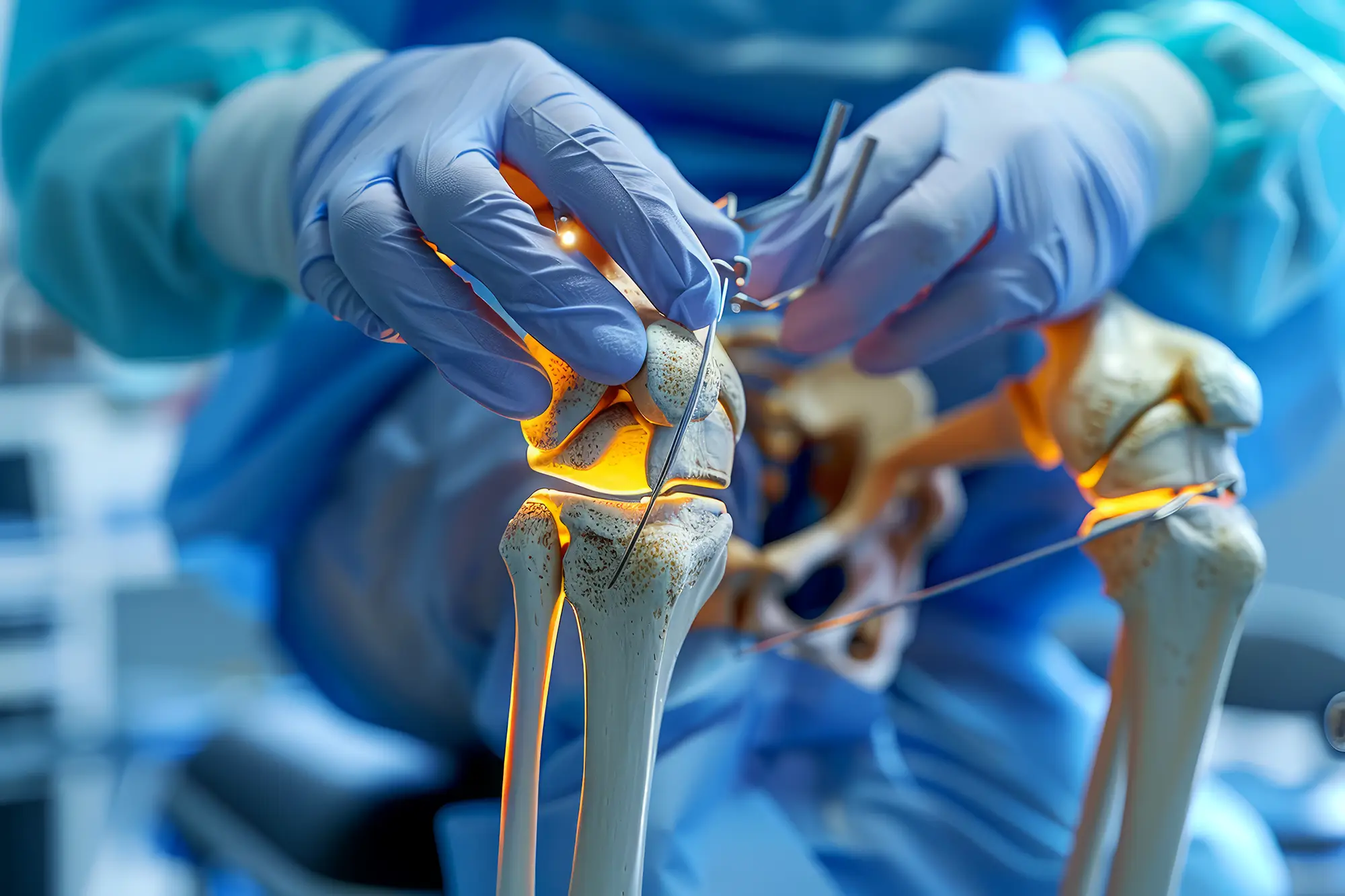Introduction: when moving is no longer so easy
Knee pain when walking. Stiffness in the hip when getting up. Ankle instability when playing sports. Human biomechanics is a complex orchestra of bones, muscles and joints, and when one part is out of balance, the whole body feels it.At
German Clinic Marbella, we treat patients – Spanish, German and English – who are looking for effective, modern and long-lasting solutions to their
orthopedic problems on a daily basis. Today we tell you how
advanced orthopedic biomechanics is revolutionizing the way we treat injuries, osteoarthritis, deformities and more.
What is orthopedic biomechanics?
Orthopedic biomechanics is the branch of medicine that studies how the structures of the human body move and interact with each other: bones, joints, muscles, tendons and ligaments.It allows you to analyze precisely how you walk, how you carry your weight, how a joint wears out or why certain injuries recur.Applied in the clinic, it is used for:
- Diagnose the real cause of the pain or instability.
- Designing customized prostheses
- Guiding rehabilitation
- Prevent future injuries
Who is the target audience?
- Patients with osteoarthritis of the knee or hip
- People with chronic pain in the foot, ankle or spine.
- Athletes with recurrent injuries
- People with postural problems
- Patients requiring prosthetic or corrective surgery
Current innovations in biomechanics applied to orthopedics
🦿 1. 3D customized prostheses
3D printing technology makes it possible to manufacture
orthopedic implants customized to the patient’s exact anatomy. It is no longer a matter of “one size fits all”, but of adapting the prosthesis to the millimeter.
Advantages:- Better integration to the bone
- Increased postoperative mobility
- Reduced risk of complications
- Longer implant life
Clinical example: customized knee prosthesis for a German patient with severe osteoarthritis and angular deviation.
🎯 2. Image-guided minimally invasive surgery
Thanks to computer-assisted navigation and intraoperative fluoroscopy,
orthopedic surgeries are now more precise and less aggressive:
- Smaller incisions
- Less bleeding
- Faster recovery
- Reduced hospitalization
At German Clinic we apply this approach in procedures such as:
- Osteotomies (axis correction)
- Hallux Valgus Surgery (bunions)
- Joint replacements
👣 3. Gait studies and postural analysis
The way we walk reveals a lot about our musculoskeletal health. Using
pressure platforms, 3D scanners and real-time recording, we can detect:
- Dissymmetries
- Overloads
- Anomalous support patterns
- Functional alterations
This translates into
customized orthopedic insoles, personalized physiotherapy and prevention of future injuries.
⚙️ 4. Intelligent exoskeletons and orthoses
Orthopedics is not limited to surgery. Many patients need assistance walking, moving their arms or standing upright.New
active biomechanical devices – such as lower limb exoskeletons or smart corsets – are no longer rigid and heavy devices, but comfortable, connected and smart tools.
🧬 5. Cellular and regenerative therapies
While not pure biomechanics, these techniques are integrated into advanced orthopedic protocols:
- Infiltrations with PRP (platelet-rich plasma)
- Autologous stem cells
- Growth factors
Ideal for tendon injuries, early osteoarthritis or as a post-surgical adjunct.

The German approach: precision, technology and customization
At German Clinic we combine German medical tradition with the latest international advances. Our traumatologists and orthopedic specialists apply protocols based on:
- Updated scientific evidence (European guidelines)
- Objective biomechanical evaluation
- Multidisciplinary approach: medical, physiotherapeutic and surgical.
- Cutting-edge technology with human vision
Case histories: biomechanical success in international patients
👨🦳 Jürgen, 67 years old, GermanyWith osteoarthritis of the hip and overweight, Jürgen had been a candidate for prostheses in his home country. At the German Clinic he underwent a complete biomechanical study, minimally invasive surgery and intensive physiotherapy. After 3 months he was back playing golf.
👩🧑 Lisa, 42 years old, EnglandAn amateur runner, she suffered from chronic plantar fasciitis. Thanks to the analysis of her footprint and customized insoles, she recovered her physical activity without the need for surgery.
When to see a biomechanics specialist?
- If you have persistent pain when moving
- If you have undergone surgery and do not improve
- If you do sports and notice limitation
- If you have balance problems or falls
- If you want to prevent joint wear and tear
What can you expect at your consultation at German Clinic?
- Complete assessment by traumatologist/orthopedist
- Gait study and postural analysis (if necessary)
- Complementary tests: X-ray, ultrasound or MRI.
- Personalized diagnosis
- Therapeutic plan: surgery, physiotherapy, insoles, infiltrations or combination
Conclusion: moving without pain is possible.
Orthopedic biomechanics has radically changed the way we treat our bones and joints. It is no longer just about “operating”, but about understanding, correcting, adapting and improving.At German Clinic Marbella we apply this modern vision to local and international patients, with state-of-the-art technology and human attention in your language.Your body is unique. Your treatment should be too.



